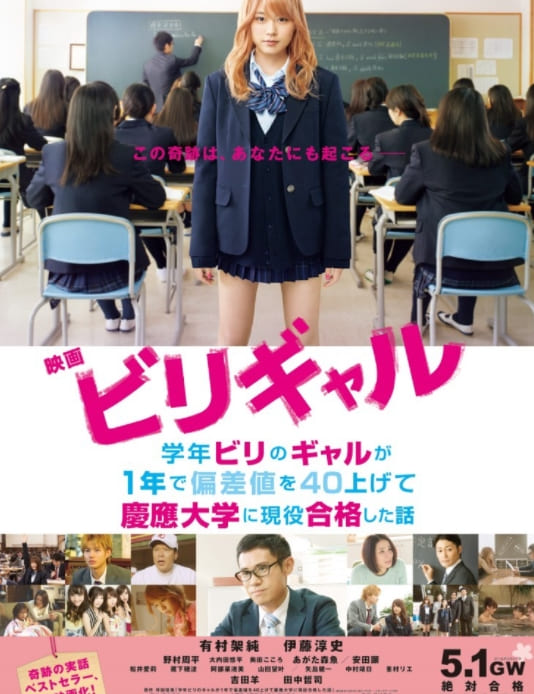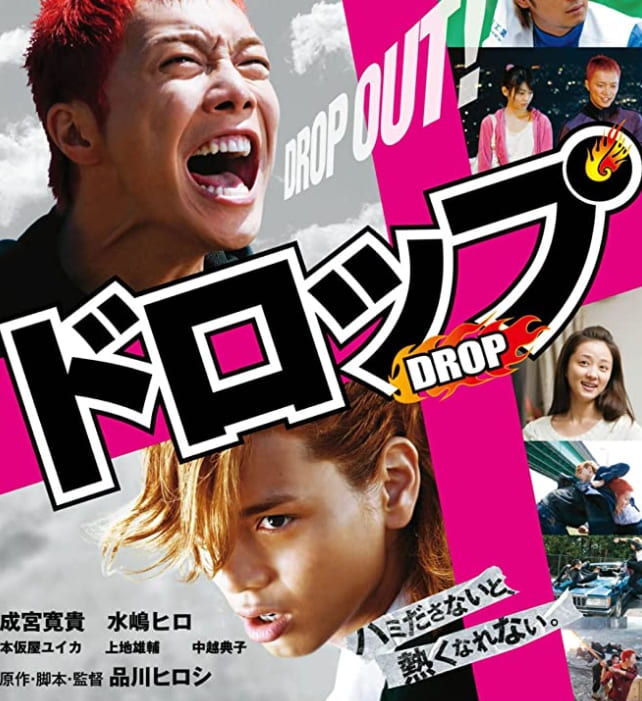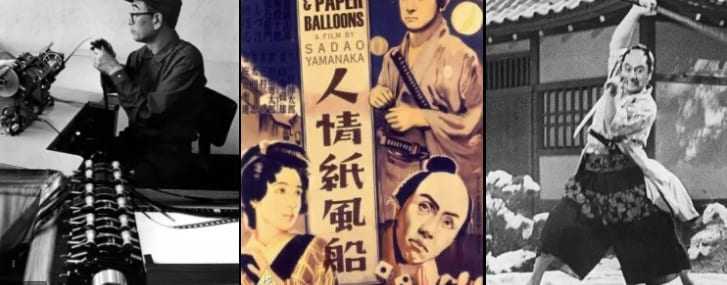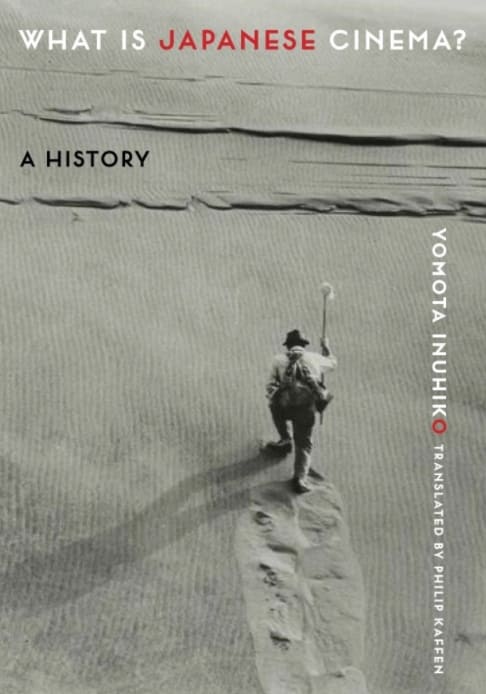
Japan 룸알바 News is Regarding “The Envelope”, Gregory Elwood interviewed Sorrentino. Sorrentino talked about the reaction to the film: “I am very happy that this film is well received because it is obviously a movie that is far from me. A very recent movie. It is the best movie. An important movie I have ever made. Earlier this year, I spoke with Nekrasova at the premiere of the Berlin International Film Festival, where he won the Best First Film Award .
In late November, he overtook the American blockbuster Titanic, and on Monday won first place in Hayao Miyazakis’s 2001 film Spirited Away. The Demon Slayer: Mugen Train not only broke records in Japan, but also became the biggest discovery for all films in the world. According to media reports, the film was the first film to gross 10 billion yen ($ 96 million) in Japan within 10 days of its release, and the second highest grossing film in just 45 days. The first film based on the Gega Akutamis manga premiered in Japan on December 24, and in its first weekend alone, it earned a whopping $ 23.5 million, just under the $ 29.3 million that World Heroes Mission earned in its entire theatrical circulation.
Director Goro Miyazaki, son of anime master Hayao, premiered the film on public broadcaster NHK last December. The film is a limited edition and will air on Netflix on December 15th. Sorrentino will appear at the American cinema Cinematheques Aero on December 10 as part of a series about his films.
For The Times, Robert Abel wrote: “New films can be about one lesson or many. But part of the greatness of his films lies in the fact that they can also be loved by viewers who never feel the dark current below. Akira Emoto plays 70s stoic Toichi, an old man who recalls (in Japanese with English subtitles) that it took him “three days to learn the oar, but three years” to master the shaft of the oar he uses to get his baby, flat-bottomed boat and forward across the river.
The film confines his story to life on and on the water, with brides or children who cross paths with him, and an old friend who takes a final journey to satisfy his death wish. The actor-turned-director Joe Odagiri (Tokyo Drift) keeps the pace slow, serene and brooding. The film is interesting for the guys from Kurupt FM after their pirate radio station closed, and at first life seems much calmer.
They’re filming They Say Nothing Stays The Same, much more than the sermon Stop and Smell the Chrysanthemums, a captivating film, timeless that makes up for whatever entertainment the director dreams of for this ferryman on his last voyage. Ozu’s deeply human drama and Kurosawa’s action-movie big bang are certified fresh, which means they’ve kept the 75% mark after at least 40 critical reviews. This is the only Ozu film in our guide to certified fresh Japanese films (although many of his films are currently 100% below the minimum viewing threshold), while Kurosawa appears five more times with Rasomon, Ikiru, Throne of Blood, Youjimbo, and Ran. While four of the top ten films were anime, two other films were based on manga.
Live Action Tokyo Revengers was the highest grossing non-anime film of the year, grossing approximately 4.47 billion yen. As cinemas around the world struggle to survive, viewers in Japan are helping to break box office records. Anime was one of Japan’s largest entertainment exports, most notably Hayao Miyazaki’s films (Spirited Away, Princess Mononoke).
Toho’s Golden Week line, Japan’s largest distributor, offers homemade meals for the whole family, such as the latest episodes of the anime series Detective Conan (April 16, 2021) and Crayon Shinchan (Friday), as well as Aya and the Witch. “.” (April 29), Studio Ghibli’s first full 3D CG animation. The movie is currently available on Amazon Prime in Japanese, English, and many other languages. The upcoming film, however, is not the first live-action adaptation.

In Japan, the 24-episode anime TV series will air from October 2020 to March 2021. The action movie xxxHolic will be released nationwide in Japan on April 29, 2022. The xxxHolic manga will be produced by the Clamp art collective. into a live adaptation starring Ryunosuke Kamiki.
Makoto Shinkai announced in Tokyo on Wednesday that this new Japanese film will be named Suzume no Tojimari. Suzume is the name of a 17-year-old girl in the movie, and tojimari literally means to close the door. Makoto Shinkai said that this movie will represent the liberation and rise of Lingmei.
A trailer for the movie was first released in May, teasing in what seems like a fun adventure as Grinda and his gang seek a record deal as they struggle to adapt to a completely different culture. The first trailer for the film was released in May 2021, and it looks like Grinda and company have lost nothing in their ambitions since the closure of their pirate radio station.
The good news for fans of the show is that all the major stars have returned to the film. While the cast will introduce some new characters such as Yuta, the film will also feature other famous faces from the series, such as Saturo Gojo and others from the Jujutsu High School.
Jujutsu Kaisen was the best-selling manga of the year in Japan and is currently one of the most popular entertainment venues in the country. According to a new report from Anime News Network, Kaisen 0’s jujutsu earned about $ 23.5 million in its first three days. This means that Yuta and his classmates were able to win a lot of theater audiences over the holiday weekend, which is why the Kaisen 0 jujutsu won first place at the box office in Japan.
Japanese film website Eiga has compiled a list of the top ten highest grossing films of the year in the country. Ahead of the Tokyo International Film Festival 2021, which runs from October 30 to November. 8, The Hollywood Reporter asked Ichiyama to select 10 half-forgotten Japanese films from the past five years that he believes all movie fans should watch.
For the first time in 15 years, the Tokyo International Film Festival 2021 programs have been shaped by a new cinematic perception. Ichiyama previously chaired Tokyo Filmex, a festival that was once a rival to the Tokyo International Film Festival but has recently become an ally and the two are now being held simultaneously in the Japanese capital.
Ichiyama rates this “portrait of a woman facing the injustice of modern Japanese society” as “possibly Koji Fukada’s best film to date,” said last year’s Director in Focus in Tokyo. Unusually for a Japanese indie film, the title was filmed entirely in Thailand. Japan Academy Award nominee for Ryusuke Hamaguchis’s International Feature Film, Riding My Car, is a screen version of Haruki Murakami’s short story, which won this year’s Screenplay Award at the Cannes Film Festival and was just named New York’s Best Film of the Year. Film Circle of Critics.



